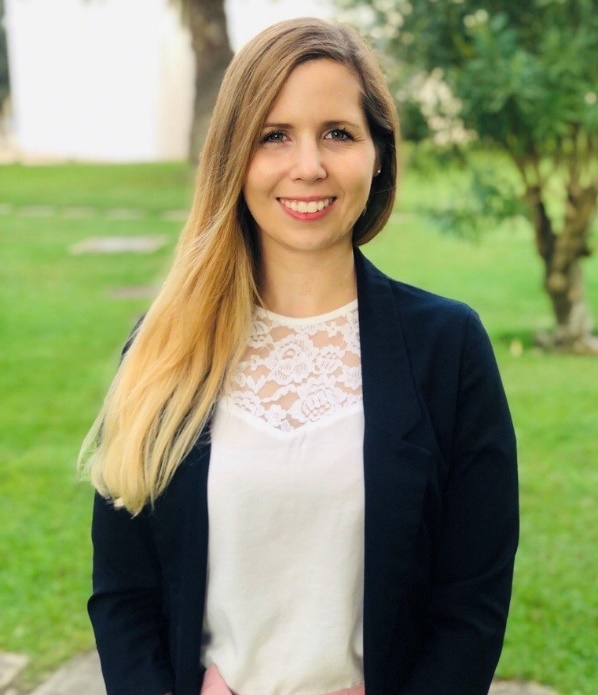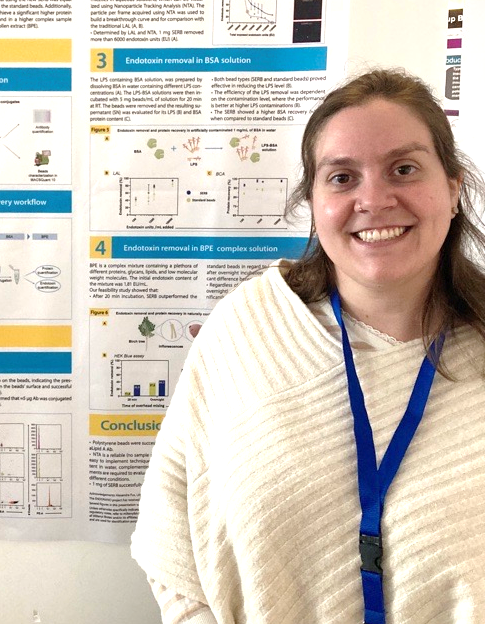ENDONANO / DSP BIOMOLECULES Workshop 2022

Carlos Murillo Almuzara
Course participant
Endotoxin is present in plasma of all healthy humans at very variable levels between 1 and 50 pg/mL. When the concertation increases over ug/mL range it it can become a real danger. The presence of LPS in the blood or interstitial fluid can lead to septic shock under exaggerated immune response. Septic shock includes tachycardia, temperature modulations, and coagulation cascade activation, leading to arterial and venous dilation.
Several studies have demonstrated that oral administration of LPS is safe for animals. In fact, our gut is full of bacteria presenting LPS and does not suppose a hazard to us. There is an intestinal alkaline phosphatase produced by epithelial cells and antibacterial that detoxifies LPS preventing local inflammation as well as the translocation of active LPS into systemic circulation. However, there has also been proved that high-fat diet and weight gain have been associated with a higher gut permeability and subsequent systemic (mild) elevation in circulating plasma LPS.
Endotoxin is commonly found everywhere in our environment and it is the most significant pyrogen in parenteral drugs and medical devices. FDA has stablished regulations on the Endotoxin levels in all drugs for injection and medical devices that are in contact with blood and it varies product from product depending on the dose, where is administrated and body weight. On the contrary, food does not need to be proven Endotoxin free.
In my project, where I am trying to develop a new biosensor for LPS detection in complex matrices, I do daily work with LPS and some precautions need to be taken in order to minimize the risk of intoxication.
Special care needs to be taken when opening the containers with lyophilized LPS as the powder tends to jump out when opening the lid. A careful opening is required, as well as wear a face mask when dealing with it until it is completely solubilized.
Other major risk when working with LPS could be its direct penetration in our blood stream in case we have an open wound exposed to it. Thus, avoid working with it or assure that this direct entry into the bloodstream is well covered.
In short, LPS dealing might not be the most dangerous one but it is important to be conscious of its risk and take the appropriate risk mitigation measures.

Amin Kraiem
Course participant

The Phuc Nguyen
Another risk is the material used in the project. My project uses human blood got from donors to isolate the primary cells. Although blood donors must be healthy and not diagnosed to any infectious diseases, the blood still has a certain possibility carrying infectious diseases such as HBV, HIV, or some other viral or bacterial infections which are not screened before the blood donors. If the blood has any of those diseases, the technician has a risk to be transmitted. Therefore, they must get the well training to handle with blood as well as get the vaccines against such as HBV.
In any case, the most important thing is to prevent the risk exposing to the technician. Well trainings must be provided to the technician before carrying out any research activities.

Alexandra Fux

Cristiane Casonato Melo
In the Risk Communication training we had a first contact on how to have a first approach with media specially in delicate situations.
As practical part we needed to think about possible risk situations that could happen with our project and how to proceed. Here, I thought that a possible risk situation would be if the beads for LPS removal are offered in the market and one of our customers, a big pharma company that produces insulin, used the LPS removal beads to remove LPS from a lot of insulin that was out of conformity (had more LPS than accepted by its pharmacopeia). After that, the drug passed in quality control evaluations and was commercialized. Some patients injected with that specific lot developed a severe immune response, not common to the application of insulin. All indicated that LPS remained in the solution, potentially conjugated to the beads. Some patients were hospitalized.
Risk workshop 2019

Isabel Natividad
Course participant

Andi Alijagic
Course participant

Sara Michelini




